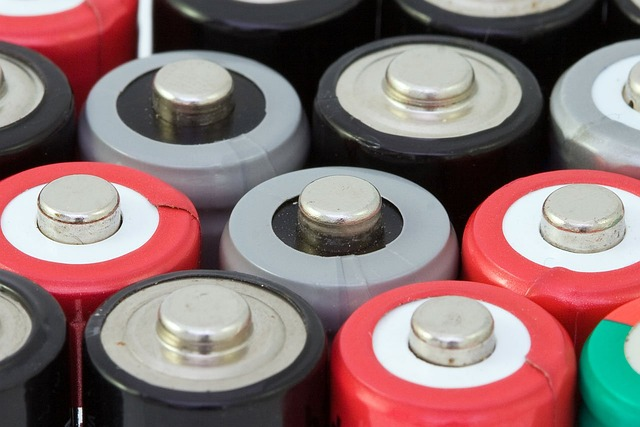Hey - welcome to this article by the team at neatprompts.com. The world of AI is moving fast. We stay on top of everything and send you the most important stuff daily.
Sign up for our newsletter:
In a remarkable scientific achievement, artificial intelligence (AI) and advanced supercomputing have led to the discovery of a groundbreaking material that could significantly diminish the need for lithium in batteries. This pioneering discovery results from a collaborative effort between Microsoft and the Pacific Northwest National Laboratory (PNNL), an institution within the US Department of Energy.
The new material, heralded by scientists, has the potential to reduce lithium usage by as much as 70%. Demonstrating its practical application, this material has already been utilized to power a lightbulb.
In an impressive feat of technological prowess, Microsoft researchers harnessed AI and supercomputing to sift through a massive pool of 32 million potential inorganic materials, narrowing it down to 18 promising candidates in under a week. Without these advanced tools, a comprehensive screening process using conventional lab research methods could have taken over twenty years.
The Discovery of New Material

Using high-performance computing and sophisticated AI algorithms, researchers at PNNL, in collaboration with Microsoft's AI and Azure Quantum Elements teams, have identified a solid-state electrolyte material. Unlike traditional liquid electrolytes, this material offers a more efficient and environmentally friendly alternative for lithium-ion batteries.
The Role of Artificial Intelligence
Integrating artificial intelligence into materials science has accelerated the innovation cycle dramatically. Microsoft researchers utilized AI systems to analyze vast molecular data, identifying this new solid electrolyte in less than nine months—a process that traditionally could take years.
Benefits of the New Material
Reduced Lithium Dependence: With this scientific discovery, the reliance on lithium mining could decrease, addressing both environmental concerns and the supply constraints of lithium.
Enhanced Battery Performance: The new solid-state electrolyte promises to improve battery life and safety, crucial for electric vehicles and renewable energy storage systems.
Streamlining Production: The potential for easier production of this material could lead to more efficient and cost-effective battery plants.
Impact on the Battery Industry
Electric Vehicles and Renewable Energy
Adopting this new material in solid-state batteries is a game changer for the electric vehicle and renewable energy sectors. It could lead to more efficient and sustainable power sources, further pushing the boundaries of what's possible in these rapidly growing markets.
Scientific and Environmental Implications
The reduction in lithium use aligns with global efforts to combat climate change and reduce environmental impact. This scientific discovery also opens new avenues in chemistry material science, showcasing how AI can be a key component in future breakthroughs.
The Future of Battery Technology
PNNL's Ongoing Research
The Program Development Office Director at PNNL emphasizes the importance of continuing research and development. With the successful testing of a working battery prototype, the focus now shifts to refining this technology for mass production and real-world applications.
Microsoft's Role in Innovation
Microsoft's involvement in this project underscores the significance of AI in advancing materials science. Their commitment to conducting energy research and developing better battery technologies is a testament to AI's potential in driving scientific advancements.
The Road Ahead
The discovery of this new solid electrolyte is just the beginning. With ongoing research and development supported by high-performing materials and HPC tools, the future of batteries is poised for significant transformation.
Conclusion
The discovery of a new material by AI at PNNL, with the support of Microsoft and Azure Quantum Elements, marks a significant milestone in battery technology. This innovation could reduce lithium use in batteries, offering a more sustainable, efficient, and environmentally friendly solution.
As we progress, integrating AI in scientific research continues to be one of the most crucial tools in addressing global challenges like climate change and renewable energy management.
